The following example
background: rgb(238,238,238); /* Old browsers */
background: -moz-linear-gradient(-45deg, rgba(238,238,238,1) 0%, rgba(238,238,238,1) 100%); /* FF3.6+ */
background: -webkit-gradient(linear, left top, right bottom, color-stop(0%,rgba(238,238,238,1)), color-stop(100%,rgba(238,238,238,1))); /* Chrome,Safari4+ */
background: -webkit-linear-gradient(-45deg, rgba(238,238,238,1) 0%,rgba(238,238,238,1) 100%); /* Chrome10+,Safari5.1+ */
background: -o-linear-gradient(-45deg, rgba(238,238,238,1) 0%,rgba(238,238,238,1) 100%); /* Opera 11.10+ */
background: -ms-linear-gradient(-45deg, rgba(238,238,238,1) 0%,rgba(238,238,238,1) 100%); /* IE10+ */
background: linear-gradient(-45deg, rgba(238,238,238,1) 0%,rgba(238,238,238,1) 100%); /* W3C */
filter: progid:DXImageTransform.Microsoft.gradient( startColorstr='#eeeeee', endColorstr='#eeeeee',GradientType=1 ); /* IE6-9 fallback on horizontal gradient */
shows that the linear-gradient is more beyond simple prefixes. For instance, the one that runs on IE requires a prefix and DXImageTransform object. Hence, linear gradient is more of an SVG attribute that requires some extra work beyond prefixes.
